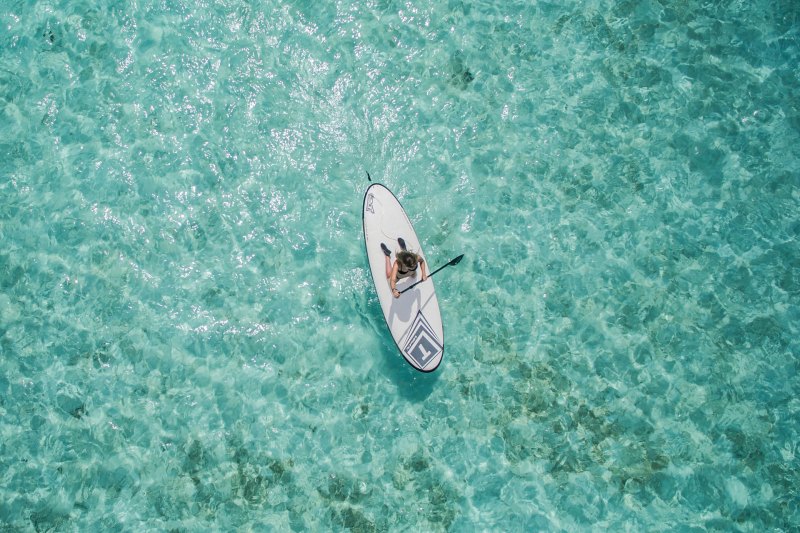
Even among watersports, stand up paddleboarding is unique. It’s one of the few adventure “sports” that’s simultaneously vigorous, relaxing, and exhilarating. But, the gear that stand up paddleboarding requires can be a hassle. It’s big, heavy, and usually expensive. That’s why we love inflatable paddle boards. They’re lighter, more affordable, and pack down much smaller than their traditional hard-shelled counterparts. If you’re in the market, we’ve done the hard work for you with a roundup of the best inflatable paddle boards to shop in 2021.
Related Guides
Retrospec Weekender Inflatable Paddle Board 10′
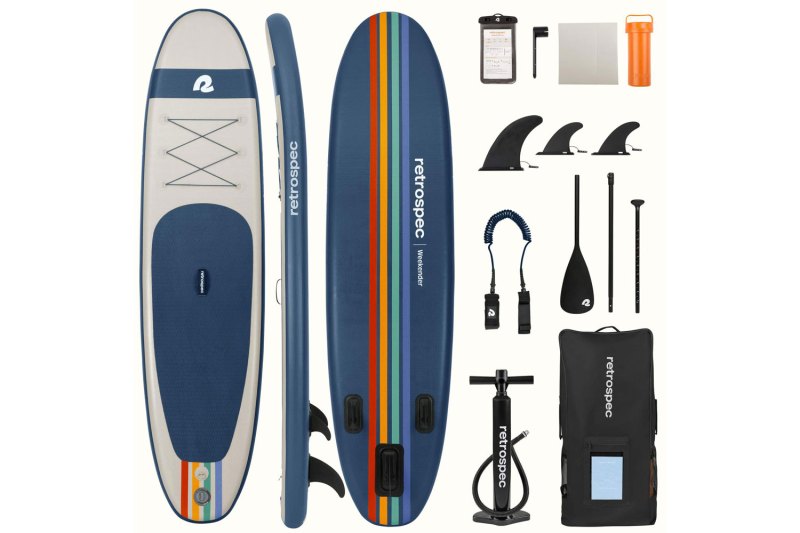
For newbies and anyone not keen on dropping nearly a thousand dollars to jumpstart their SUP career, there’s Retrospec’s Weekender Inflatable Paddle Board 10′. This all-in-one kit includes every last thing you need to start paddling. That means a durable, lightweight paddleboard, plus a paddle, carry bag, dual-action pump, leash, and even a waterproof phone case. The best part? You can snag it all for under $400.
Boardworks Shubu Solr Inflatable Stand-Up Paddleboard
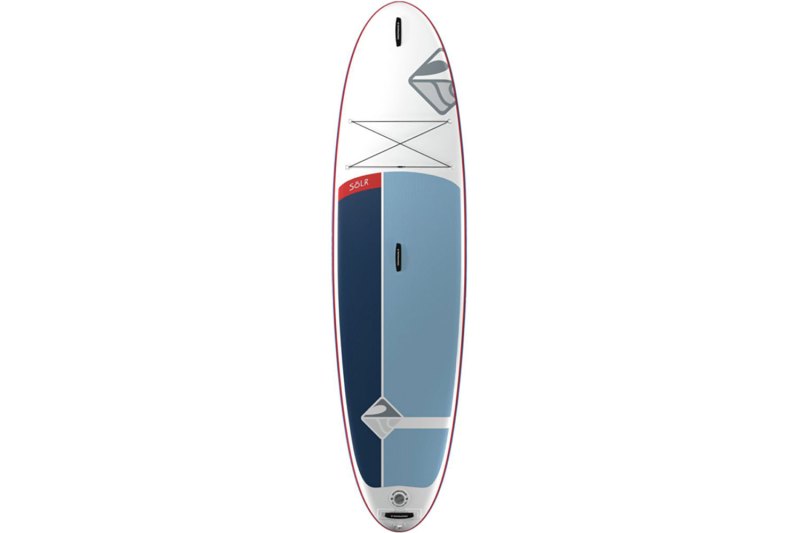
For more casual SUP pursuits (i.e., most recreational paddlers), Boardworks Shubu Solr is a great all-around inflatable stand-up paddleboard that’s built for calmer waters. Dual Fusion Laminate material makes for rigid construction, while the textured deck provides added grip for everything from fishing to yoga. Built-in bungees straps secure your on-the-water essentials like water bottles and sunscreen to the deck.
Red Paddle Co Activ Inflatable Stand Up Paddle Board
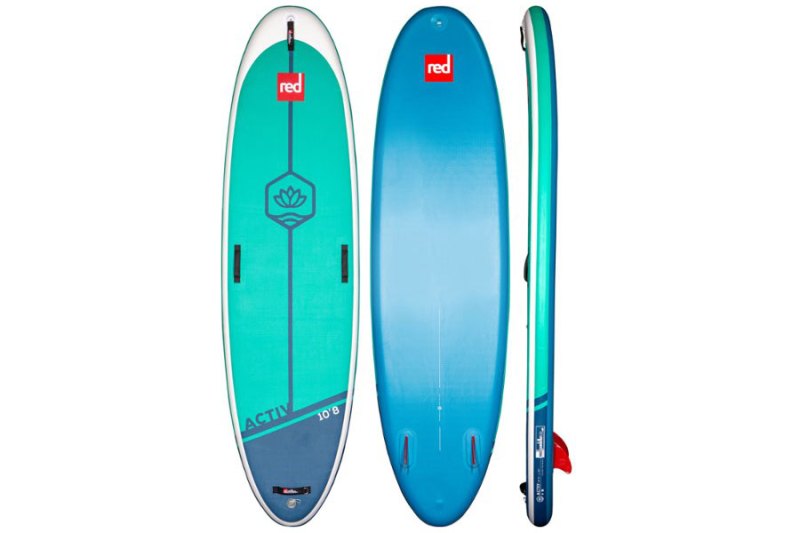
Measuring a compact 10’8” long by 34” wide, Red Paddle Co’s Activ Inflatable Stand Up Paddle Board is rock solid on the water. The wide, durable deck is ideal for SUP yoga and pilates lovers, and the included Titan II pump inflates the board in half the time of traditional air pumps. Plus, the all-terrain backpack has wheels making the entire kit easy to transport from vehicle to shore.
Badfish Selfie 14 Inflatable Stand-Up Paddleboard
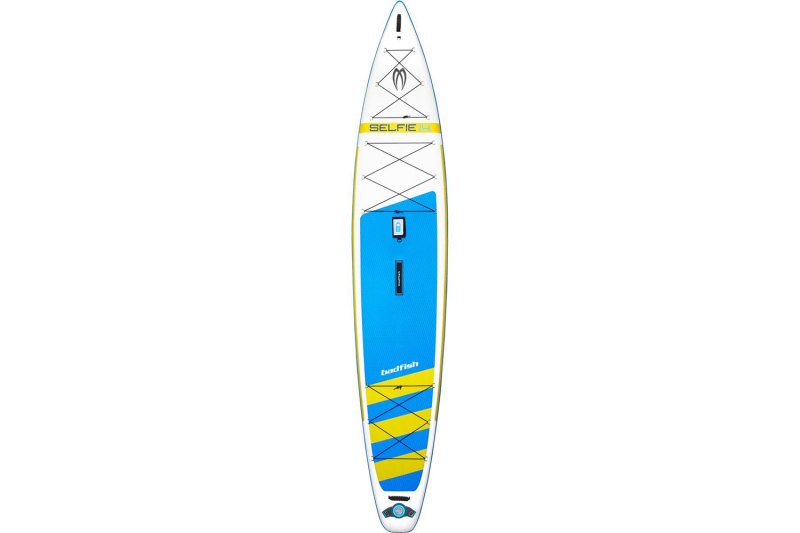
Longer paddle boards are best for touring and racing. Badfish’s Selfie 14 Inflatable Stand-Up Paddleboard is purpose-built for both. The 14-foot length features a comfortably wide deck and a customizable tri-fin design to maximize tracking and control on the water. A built-in padded handle and trekking backpack make toting it from trunk to shore or even around on backcountry hikes easier.
Bote Breeze Aero Inflatable Stand Up Paddle Board
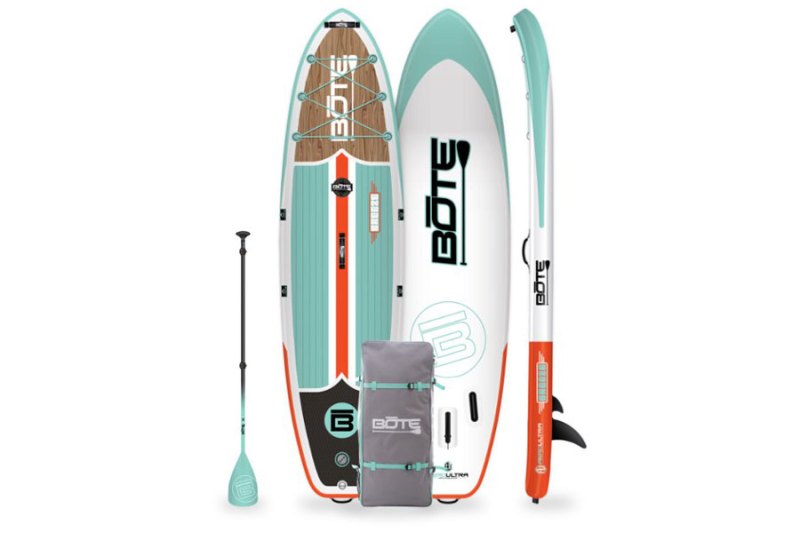
Bote’s Breeze Aero is designed to be solid on the water with a wide deck and a rocker-style hull to keep the nose up and help shed water. The BVA multitextured deck pad is heat-sealed to further shed water and cushioned for comfortable all-day paddling. The entire kit — including the adjustable paddle, fins, hand pump, and repair kit — collapses down into the included travel bag for effortless transport.
Pau Hana Solo Backcountry Stand Up Paddle Board
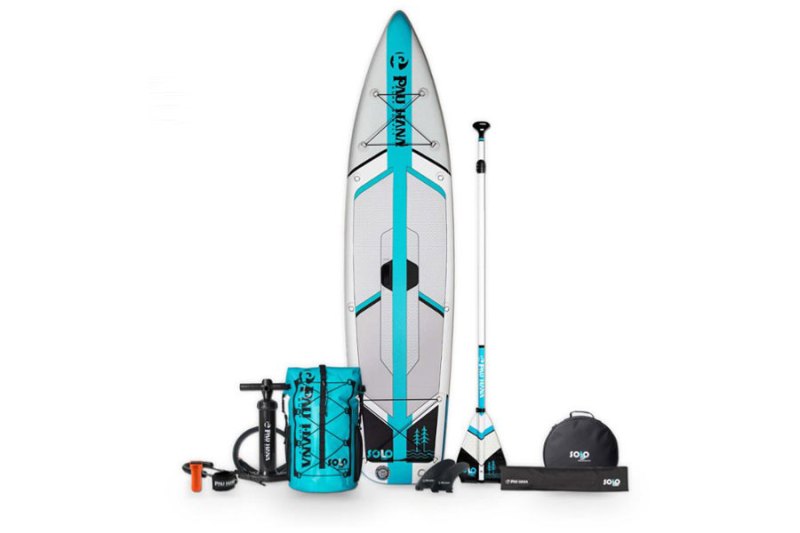
Most hikers focus on just the essentials when venturing into the backcountry. For hardcore SUPers, Pau Hana’s Solo Backcountry Stand Up Paddle Board is light enough to add to the mix. The paddle board alone weighs less than 15 pounds (23 pounds for the entire kit) and packs down into the included 23 x 14 x 12 inch bag for the ultimate in portability. Once inflated, it’s a full-sized stand up paddle board measuring 10’8” long by 30 inches at the middle. It’s perfect for those off-the-beaten-path paddles best enjoyed alone.
Hala Atcha Inflatable Stand-Up Paddleboard
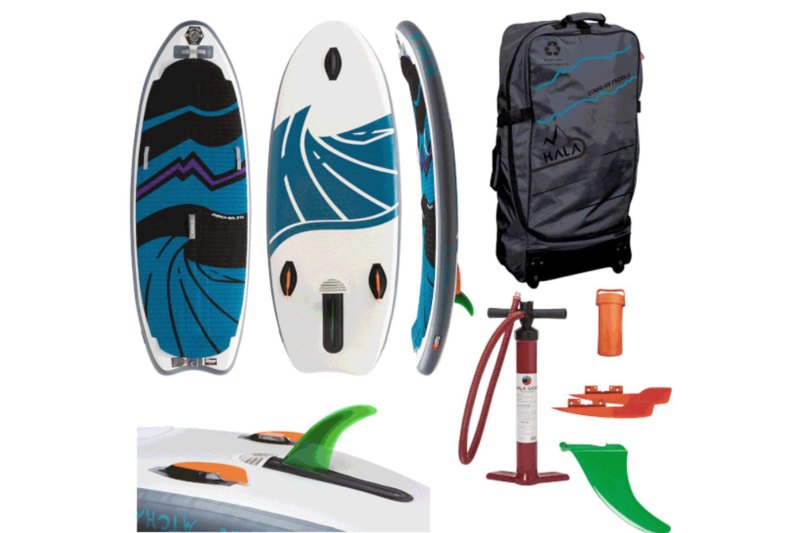
For weekend warriors and hard-carving paddlers, there’s Hala’s Atcha Inflatable Stand-Up Paddleboard. At just 7’11” long, it’s a lightweight solution for those who like impromptu weekend watersports and want all the necessary gear always ready in their car. The EVA deck, stomp pad, and full rocker all allow for increased maneuverability and more playful paddling in tight channels.
NRS Escape Stand-Up Paddleboard
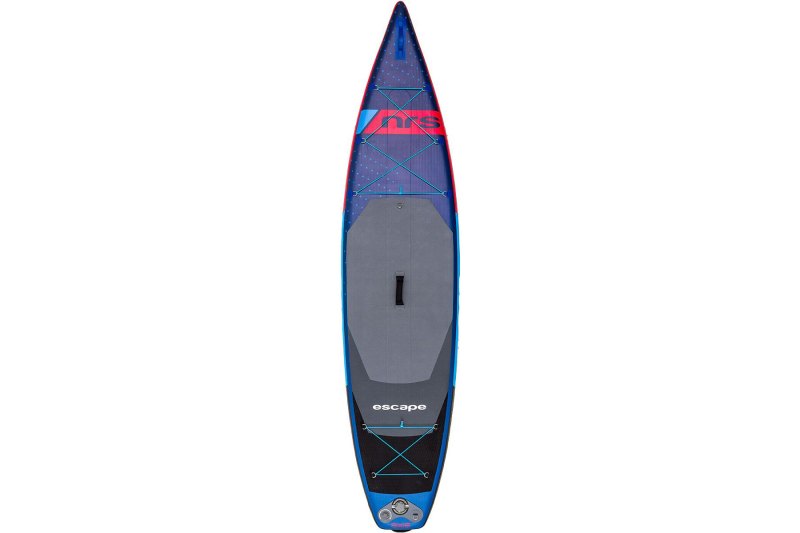
For die-hard paddlers who appreciate no-compromises gear, there’s NRS’ Escape Stand-Up Paddleboard. The sleek design features a pointed nose and a square tail for fast, streamlined performance. It’s versatile enough for all-day touring and race-inspired workouts. Plus, it inflates to a super-stiff 20 psi for maximum rigidity. Everything you need to “escape” (get it?) to the water — removable fins, bungee tie-downs, and a storage sack — is all included.
If you’re looking to get out on the water with a friend or eight, check out our roundup of the best extra large stand up paddle boards with room for you, the whole squad, and the dogs too.


